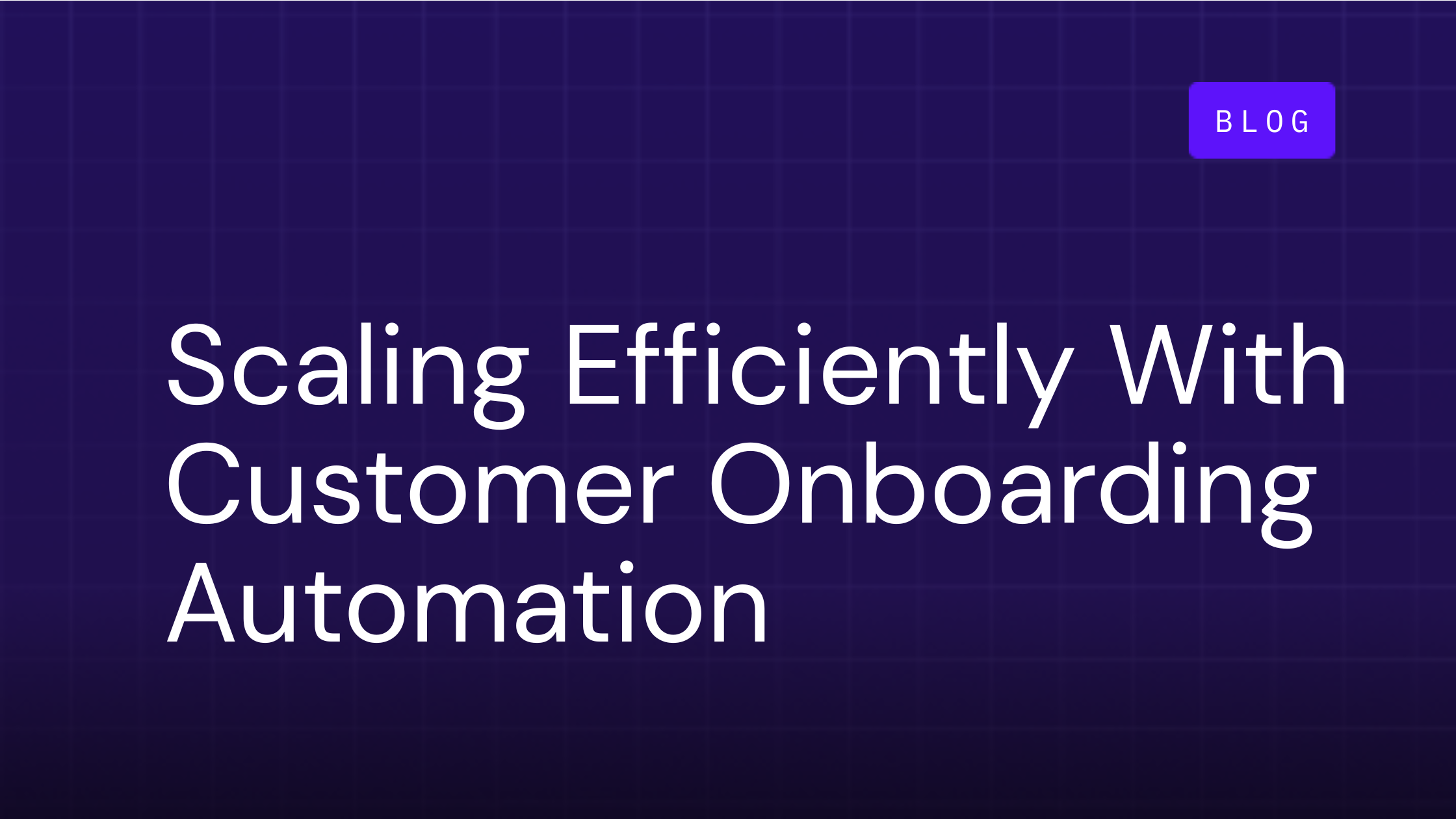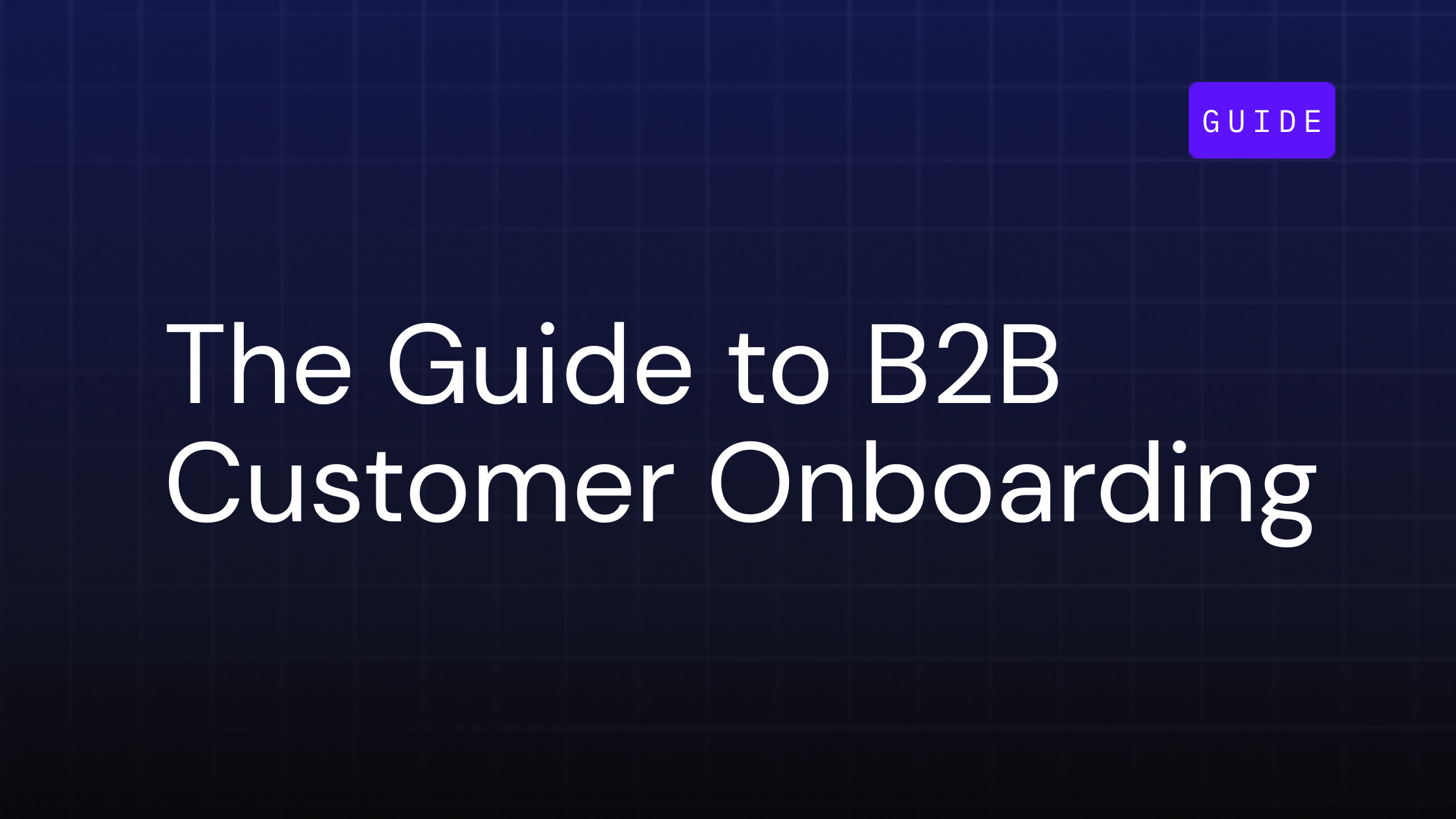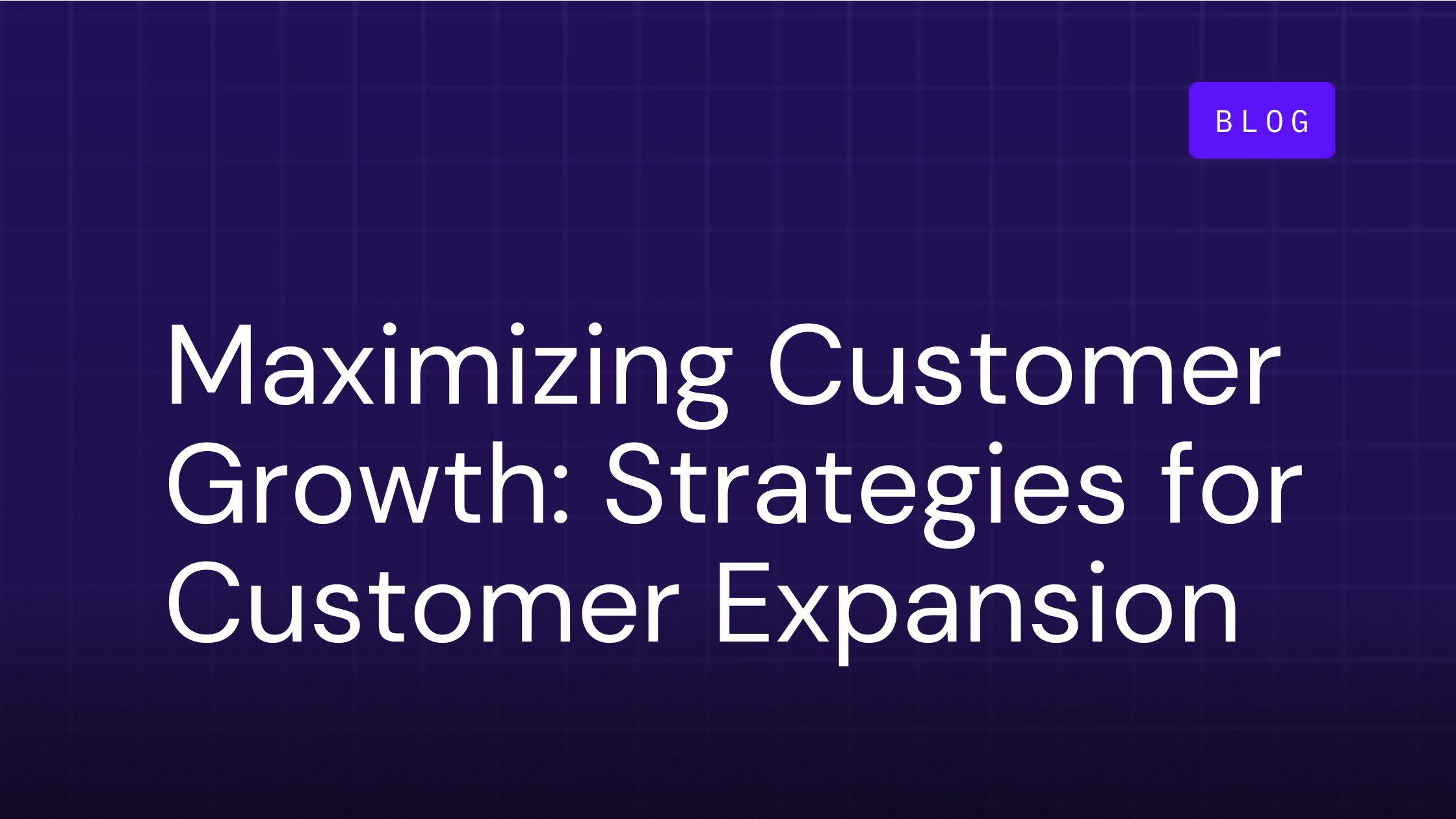What is Time to Value? How To Track, Measure and Reduce TTV
Published: May 15, 2024

Published: May 15, 2024

Ever wonder why some SaaS companies hook you right from the get-go while others take forever to show their worth? That difference often comes down to Time to Value (TTV) — a key metric that can make or break a new clients experience.
Simply put, time to value measures how quickly customers can derive value from a product after they start using it. And no, this isn't just about impressing new users — it's about setting the stage for long-term customer success.
Time to Value (TTV) is the amount of time it takes a customer to start experiencing the benefits they expected when purchasing your SaaS product. You can define TTV as the window between when a customer signs up and when they say, “This is exactly what we needed.”
TTV isn’t just a metric - it’s a reflection of how well your product delivers value, how frictionless your onboarding is, and how aligned you are with your customer’s goals. A long TTV can breed frustration. A short TTV can accelerate trust, adoption, and loyalty.

Time to value is the speedometer of your SaaS product. It tells you how fast customers get to that pivotal "wow" moment. The quicker your customers see the value in your product, the more likely they are to stick around. A short time to value enhances customer satisfaction by reducing customer frustration and buyer's remorse. It helps cement a positive first impression, setting a solid foundation for a lasting relationship. In the world of SaaS, first impressions aren't just important — they're everything.
While the "aha moment" is when potential customers realize your product or service's potential, time to value is when they first see actual benefits. As a customer success team, prioritizing time to value means setting your customers up to experience value faster, which is vital for customer retention rates. Customer's want to see a quick ROI on their purchase.
If you're focused on keeping your customers engaged, customer success teams need to define TTV up front with the customer. Their CSM then needs to do everything they can to prioritize accelerating the amount of time it takes a customer to see that value.
When customers find value quickly, they develop a stronger, more immediate connection to your service. This early bond increases their likelihood of renewing (and ultimately the customer lifetime value) and decreases the chances they'll start looking at competitors. In short, a short time to value (TTV) can dramatically lower your churn rate.
Here are some key benefits of minimizing time to value:
Enhanced Customer Satisfaction: Fast delivery of value can significantly boost customer satisfaction. When users see that your product solves their problems or fulfills their needs swiftly, their overall satisfaction increases, which can be a deciding factor in competitive markets.
Increased Customer Loyalty: Customers who experience quick wins are likelier to feel loyalty to your software. This emotional investment can lead to higher retention rates and more positive word-of-mouth.
Competitive Advantage: In a marketplace where many companies offer similar services, the speed at which you deliver value can set you apart. A shorter time to value can be a compelling selling point, attracting new customers looking for quick solutions.
Improved Customer Engagement: Short time to value helps maintain high levels of engagement while long time to value can quickly lead to churn. When customers start seeing the benefits of your product early in the onboarding process, they're more likely to explore additional features and capabilities.
Lower Support Costs: Customers who understand and derive value from your product faster are less likely to require extensive support. This reduction in support can lead to lower operational costs and more resources to invest in improving and innovating your product.
Feedback Loop and Product Improvement: Rapid time to value enables a quicker customer feedback loop. You'll need feedback like this to iterate on your product and improve it to better meet their needs.
Customers don't just want solutions; they want solutions now. If your product delivers these rapidly, they'll be more likely to be loyal in the long run. Reducing time to value creates a positive feedback loop exceeding customer expectations to retain customers as it drives your product forward.
Time to Basic Value The basic value time is the initial stage where a customer first finds basic value. For instance, project management software might immediately help a team organize their workflow better, achieving quicker meeting setups and task delegations.
Time to Exceed Value: Time to exceed value is when the product or service surpasses the original customer expectations. Imagine a CRM system that improves client tracking and provides unexpected insights into sales trends, helping forecast revenue more accurately.
Immediate Time to Value: Immediate time to value is when the customer experiences value right from the first interaction. A great example would be an analytics platform that offers pre-built reports that deliver insights from day one with minimal setup.
Each type of time to value (time to basic value, time to exceed value and immediate time to value) all play a role in shaping the overall customer experience and your product's success in the crowded SaaS market. By implementing these different aspects, you, as a customer success manager, can tailor your approach to guarantee that your customers see and feel the value swiftly and consistently.
Wondering how to monitor your TTV? What is a healthy TTV metric? Start by marking the big wins — those moments when your customers really start to see the perks of your product are what lead to shorter TTV. This might be when they finish setting up their account, successfully use new features for the first time, or hit a goal they've set using your tool. You are setting your initial champions up to be internal brand advocates that help answer questions and train the rest of their team on your services offered.
To get the numbers, you'll use customer adoption analytics tools to track how quickly each customer hits these milestones after they start. It's all about spotting where things slow down. Maybe it's a tricky part of your onboarding processes tripping everyone up or complex products or product's features that are tougher to get rolling than you thought. Keep an eye on how long it takes to provide customers with real value from your product or service. Your customers experience can show you exactly where you need to smooth things out to speed up their journey.
Want to get your customers to that "wow" moment faster? Here's how you can speed up their customer journey to value:
Set Clear Expectations: Set your customer's expectations, so they can know what to expect immediately. They'll reach those value moments quicker when they know what's coming and when. Make sure you identify areas of customer pain and know their desired outcomes, so you can clearly show how your solution solves their problem.
Simplify Your Customer Onboarding Process: Make the first steps as easy as possible. Whether it's a user-friendly interface, clear step-by-step guides for customer's action, or automated setups, smoothing out the onboarding process can drastically reduce the period of time before customers experience value.
Be Proactive with Engagement: Don't just wait for customers to come to you with questions. Reach out with tips and personalized support to help them make the most of your product or service from day one.
Use OnRamp to Streamline Processes: Tools like OnRamp make everything in the onboarding phase run smoothly. With customizable project templates and playbooks, OnRamp helps you tailor the onboarding experience for different customer needs avoiding potential bottlenecks. Plus, its integration with CRMs and other tools keeps all customer info in one place, speeding up the journey and allowing you to monitor customer onboarding metrics.
With these steps, you can ensure a swift and smooth journey to value, making every customer interaction more effective and enhancing overall satisfaction.
Reducing Time to Value enhances customer satisfaction and retention. Take a moment to assess your current TTV and consider strategic adjustments to streamline your customer's journey. Start improving your TTV today and watch your customer success metrics soar. Ready to reduce your TTV? Let's make it happen!

Technology powered by artificial intelligence (AI) is all the buzz in every industry this year. In 2025, we expect automation to go...

Customer onboarding is one of the most critical phases in the customer journey, yet it’s often the most overlooked. Done well, it...

Growing your business isn’t just about bringing in new customers — it’s also about getting more value from the ones you already...